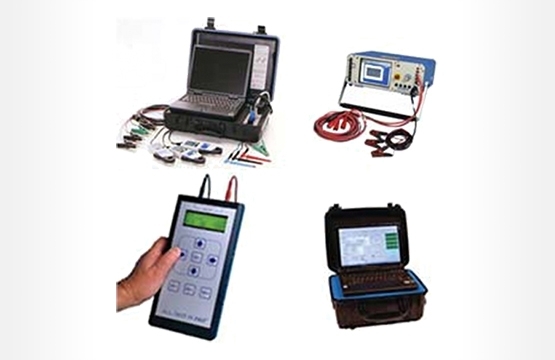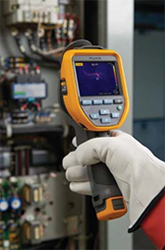

The past two month’s postings have revolved around what it takes to get good, effective motor testing data. The first month we examined personal preparation and preparation for equipment to be tested. Last month we discussed preparation of the test equipment, checking the operational status of the tester, maximizing the amount of circuit under test, and finally, verifying or confirming identified anomalies.
In this last installment, we examine the last two steps to gathering effective electrical motor data.
Step 7 – When Possible, Correlate with Other Technologies
 When possible, you should correlate acquired data with other technologies. This will help confirm the existence of a problem and help quantify the severity. Sometimes reliability technicians tend to try and be a “one-man band.” But working together as a “RELIABILITY GROUP” will yield immeasurable results. Reliability technologies are like a set of wrenches or sockets, they all have specific purposes, but overlap.
When possible, you should correlate acquired data with other technologies. This will help confirm the existence of a problem and help quantify the severity. Sometimes reliability technicians tend to try and be a “one-man band.” But working together as a “RELIABILITY GROUP” will yield immeasurable results. Reliability technologies are like a set of wrenches or sockets, they all have specific purposes, but overlap.
When they are used together you can work on most anything. The same with the reliability technologies; when used together you can diagnose most any problem. Proper use of vibration, ultrasound (shown in image), oil analysis, infrared and electric motor testing can provide a maintenance environment that will have minimal undiagnosed failures, resulting in maximum productivity and/or reliability.
Step 8 – Generate Effective Reports (Communication)
Believe it or not, reporting is probably the most important aspect of an effective motor testing program. The report is your deliverable. It can be the basis on how you are judged as a motor test technician. If you are a service oriented company, you already know or should know this. “In house” programs tend to sometimes neglect or minimize reporting which works to the overall detriment of the program. Budget expenditures are based on perceived value of the desired item. If your motor testing program does not appear effective, you may not be receiving the funding level you may require.
Not only do you have to generate effective reports on identified anomalies, you need to generate updated reports on the overall success of the program. Work with management to establish performance metrics or KPIs. Bar graphs showing the number of identified and corrected anomalies should be posted in high visibility venues. Display monthly and yearly discrepancy counts, hopefully it shows a marked decrease. Display the budget reductions for motor rewind and replacement or the number of rejected motors not put into service that may have failed prematurely. Specific examples will help you illustrate your point. Use the data you gather not only to identify and repair problems, but also to demonstrate the effectiveness of the program.
Communication, in addition to effective reports, is key to program success. You should have a network of communication established between yourself to middle and upper management, maintenance and production departments, as well as the other PdM technology personnel.
Communications with planning, safety and logistics are also important departments for procedural and material support. Integrate your EMT results into the site EAM (Enterprise Asset Management) reporting to further support these types of communication. Other areas of important communications are with the motor shops, motor manufacturers, the tester manufacturer and your EMT knowledge provider.
An effective motor testing program should be part of an effective reliability program. Use of the above 8 steps will provide your program with a significant and highly effective tool as part of a “World Class” maintenance program.